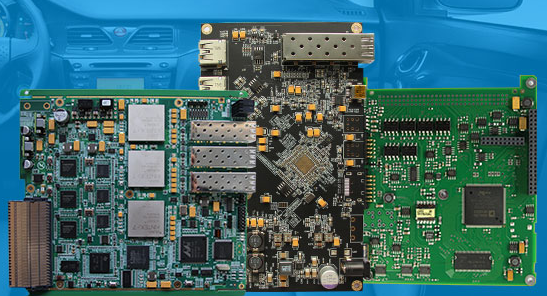Reliability is a very important issue when manufacturing PCB boards. The most effective method is to proactively design its reliability, rather than hope that it can run well, retrospectively. There are many factors that affect reliability; many of them are related to understanding how materials behave and interact during operation. Therefore, it is very important to study material properties such as thermal expansion coefficient or transition temperature. Choosing the wrong material can have many effects, including but not limited to stress on components and joints.
What are the effective methods for digital image correlation in PCB manufacturing
A very useful tool for enabling the reliability process is Digital Image Correlation or DIC, as it is often called.
The basic function of this technology is that it actively measures properties and provides reliable value. So whether it is selecting materials or testing monitoring or simulation, you can be sure that there will be no mistakes! Digital image correlation or DIC is basically an optical method that can measure displacement and deformation. In this method, a pattern of contrasting spots is used to create a sample. The sample can then be tracked to see how it deforms. It offers the advantage that it does not require contact with the sample. In addition, DIC can produce full-field displacement, which is impossible in other methods. DIC can also be completed with only one camera. However, if out-of-plane measurements are required, multiple cameras are required. It can be done regardless of the sample size.

This technology is becoming more and more popular in many mechanical testing applications because of its ease of use. As computer technology and digital cameras demonstrate substantial technological advancements, the use of DIC will only grow. Therefore, DIC is expanding to any imaging technology. It is particularly useful in lead-free PCB manufacturing.
5 reasons why digital image correlation is beneficial:
1. Material properties-DIC can be used to describe a large number of material properties, such as:
Young's modulus
Poisson's ratio
Coefficient of thermal expansion and more
Therefore, it helps to obtain the best material for PCB laminates. It can also help identify solder fatigue risks.
2. Test monitoring-digital image correlation helps to study displacement and strain measurement. It can help monitor elements such as tensile and bending tests.
3. Warpage-Warpage is usually a problem during reflow soldering. If there is a lot of warpage, there are multiple problems, such as interconnect formation, solder joint bridging or even the fear of component cracking. DIC can help identify warpage, thereby increasing reliability.
4. Finite Element Analysis (FEA)-By using DIC, you can test the input material properties and simulation results. Complex components often see problematic strain areas. With FEA results, this problem is significantly reduced.
5. Dynamic applications-In addition to static applications, DIC can also be used for dynamic applications such as vibration testing.
Therefore, the advantages of DIC in lead-free PCB manufacturing cannot be overemphasized. By using this technology, you can also rest assured that the PCB manufactured in this way will reach its reliability benchmark.